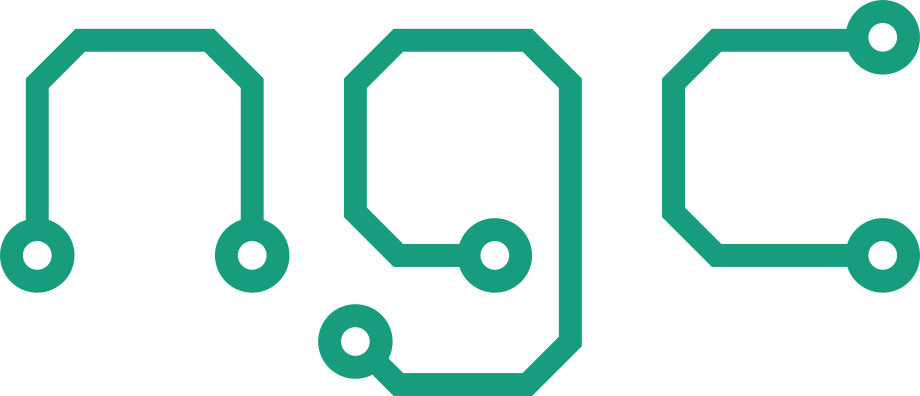Every loss of information, e.g. by merging two paths of information into a new one, will increase the entropy, i.e. create noise or heat. Landauer’s principle describes that every lost bit dissipates with an energy of \(k_B*T*ln(2)\), where \(k_B\) is the Boltzmann constant and \(T\) is the temperature of the surrounding. Vice versa, a system that operates at the Landauer limit, does allow not loose information so that the original information can be restored. This is called reversible computing.
Adiabatic Quantum Computing
Adiabatic quantum computing is a computation scheme, which exploits the continuous time-evolution of a quantum system under adiabatic conditions. This approach is typically used to obtain the global minimum of a cost function, which is mapped to a quantum computer. To perform the adiabatic process, the system is initialized in a state, which is a good approximation to the searched solution but can be obtained and prepared easily. Then, the parameters are changed slowly, until they correspond to the cost function of the complex targeted solution. Due to the slow change of parameters, one assumes that the system is always in the state, where the cost function has a minimum.
In more detail, the problem has to be reformulated in terms of a Hamilton operator \(H_B\). This operator is used in physical systems to measure the energy, which therefore corresponds to the cost we aim to minimize in adiabatic quantum computing. In search for this low-energy solution of the Hamiltonian \(H_B\) one first prepares the system in the ground state \(|\psi_A\rangle\) of the closely related but simpler Hamiltonian \(H_A\). Then, the time evolution according to the Schrödinger equation with the time dependent Hamiltonian \(H(t) = A(t)H_A + B(t) H_B\) is performed with the coefficient functions \(A(t)\) and \(B(t\) chosen such that \(H(t=0)=H_A\) and \(H(t=T)=H_B\). In order to end in the ground state of the system the adiabatic conditions have to be fulfilled, that are i) there exists an energy gap between the ground state and the first excited state and ii) the time evolution is sufficiently small to suppress internal excitations.
These rigorous conditions, especially the adiabatic time evolution, are hard to fulfill on real quantum hardware. Relaxing this, as is necessarily done in current hardware, leads to quantum annealing which works at finite temperatures and thus allows the excitation of states close to the ground state. Thus, a statistical sampling is required to detect the state searched for. This approach is suitable especially for optimization tasks, when the cost function can be mapped to the corresponding hardware.
Digital Annealing
The annealing process described for adiabatic quantum computing can be simulated on classical hardware, which is called simulated annealing. In this case, a bit string is successively updated in search for a new minimum of the energy. In order to exit from local minima, a fictitious energy is introduced, which allows the acceptance of states with higher energies with a certain probability. As the performance on classical hardware is limited by the low connectivity and sequential optimization, specialized hardware exists, which enables an efficient digital simulation of the annealing process. This hardware is based on a large number of kernels consisting of conventional processors, which are fully connected among each other, which allow a parallel search for a large set of updates. The update with the lowest energy is then chosen as basis for the next update step. Again, a fictitious temperature is introduced, which allows to accept intermediate states with higher energies than the previous on, to escape local minima.
Adiabatic Logic
Adiabatic logic can be implemented by the concept adiabatic quantum flux parametron (AQFP).
